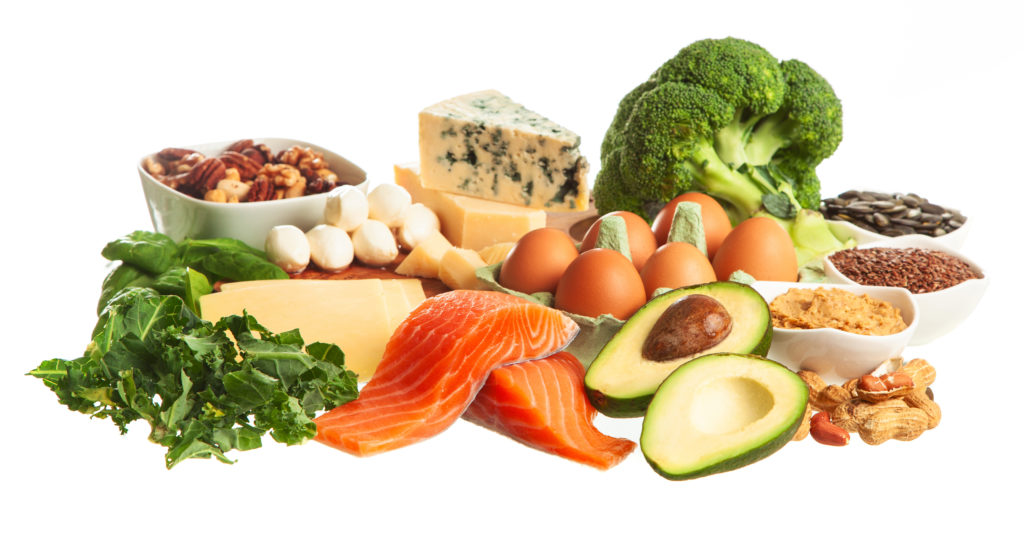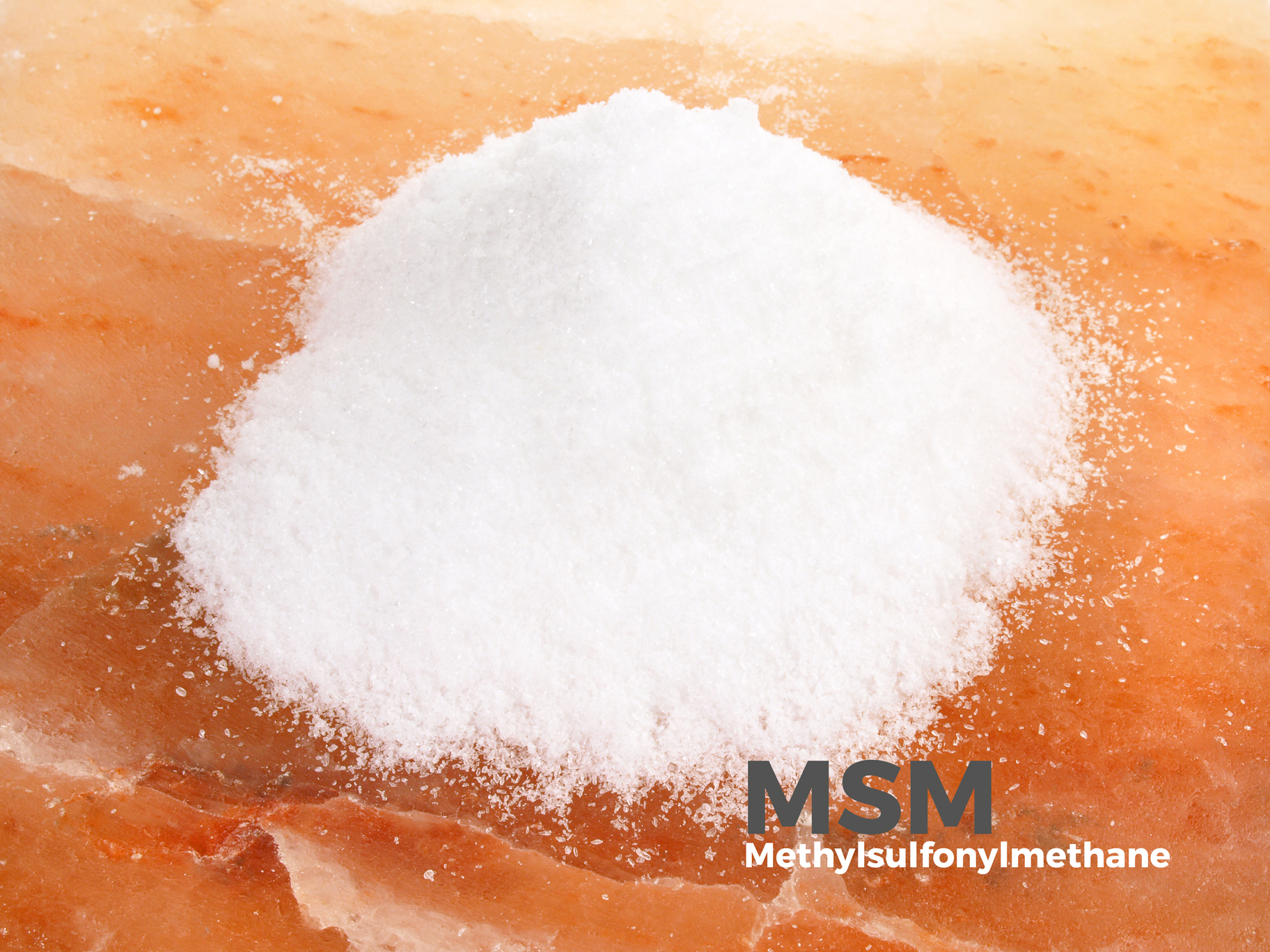If you’re reading this, there are a few descriptions that might fit you. You’re dedicated or at least interested in your health and fitness and have an approach that works for you. You’ve tried diets, supplements, or simple routines to lose weight or improve performance. Or, you’re one of the millions of people worldwide who have either tried the Ketogenic diet, hear it raved about around the office, or have been tirelessly badgered by the word “Keto” from your friends. As with all trending diets, there’s certainly misinformation, a lack of information, and misconceptions that pollute the reality of what we are doing with our bodies. The purpose of this article is not to preach the Keto concept, convince you of its energy and weight loss powers, or even to say it’s the right approach for all people. My objective is to inform you of the facts, sharpen your knowledge of the ketogenic approach, and hopefully arm you with a tool that can be used at one time or another to better understand your body and its relationship with food. Or at the very least, help you be the more educated one in a conversation about the Keto diet you’re guaranteed to have at some point soon.
In discussions I’ve had at trade shows, with people at the gym, or on the phone at work, it’s clear that there is at best a loose understanding by many people of why it’s called the Keto diet. No, it’s not an acronym. Ketogenic or “Keto” is in reference to the ketone bodies that are produced by the liver which are the basis for the Keto diet itself.
What Are Ketones?
Ketones at a basic level are metabolic byproducts of the body made when breaking down fat for energy at those times when glucose is not abundant due to a restricted carbohydrate intake. When glucose (a primary source of energy for the body) is not readily available in our system, an alternative source of fuel is utilized: in this case fat. This shift takes place in our body during periods of fasting, after prolonged exercise, during starvation, or when eating a low-carb, high-fat diet. As this process pertains to our evolution, it was particularly important to our ancestors who frequently experienced periods where food wasn’t immediately available and required the energy to hunt and obtain their food.
Through a process called beta-oxidation (the body’s breakdown of fats into usable energy), ketones are produced by the liver and circulated into the bloodstream where they can be received and utilized by our body and brain for energy. This state is known as ketosis and is the end goal of people following a strict Ketogenic diet specifically to create more ketones for energy.

The Keto Diet Evolution
You wouldn’t be blamed for thinking that this focus on ketones or ketosis is something new. However, the Ketogenic diet’s origin dates back to the 1920s when doctors began using it to control seizures in patients with epilepsy. The beta-oxidative process we discussed earlier creates two acids in the blood, ketones and decanoic acid. These two compounds proved effective when trying to reduce the prevalence of seizures. In a 2008 clinical trial conducted at Great Ormond Street Hospital, the Ketogenic diet reduced the number of total seizures in 40% of children who participated by over half. The children who did not experience the same level of control over their seizures still reported increased alertness, awareness, and responsiveness.[1]
With more sophisticated science and developments in the medical and pharmacological world, the Ketogenic diet receives more attention these days from people who use it to achieve healthy weight loss and increased energy. While it is still used in the treatment of epilepsy, it’s more commonly used these days by people looking to loosen the grip carbohydrates have on their daily health. Men and women with a wide range of goals have utilized ketosis as a way to become less reliant on carbs, burn more fat, reduce cravings, increase weight management, improve energy, and much more. Endurance athletes like backcountry hikers and hunters have begun deploying the Keto approach for maximized energy and mental stamina while reducing the amount of calories they need to pack with them. As any backpacker will tell you, a lighter pack is always a good thing.

How do MCTs Play A Role?
So all I need to do is eat a bunch of fatty foods like bacon, avocado, and butter while restricting my carbohydrate intake right? Well, those are certainly great sources of healthy saturated fat, but it can be easier to get these healthy fats in your diet throughout the day without having to fry up bacon with every meal (what a pain right?). Luckily the scientific and manufacturing capabilities of the supplement world have allowed us to create medium-chain triglyceride products like powders and oils, commonly referred to as MCTs. MCTs are a family of fats that are utilized as one of the best sources of clean energy for the body and brain. “Medium” refers to the chain length of the fatty acid that allows it to be converted into caloric energy more efficiently than carbohydrates, long chain fatty acids, or short chain fatty acids. While MCTs are naturally found in foods like coconut oil, palm oil, butter, cheese, and milk, MCT supplements concentrate these compounds making them an ideal way to consume healthy fats on a regular and convenient basis throughout your day.
Not All MCTs Are Created Equal
In order to deepen our understanding of MCTs, we need to briefly dive into the science – I promise this will be worth it. The primary medium-chain triglycerides are C6, C8, C10, and C12 – “C” represents carbon and the number that follows represents the number of carbon atoms that make up that chain of fatty acids. Long-chain fatty acids contain between 13-21 carbons, medium-chain fatty acids contain between 6-12 carbons, and short-chain fatty acids contain fewer than 6 carbon atoms. While most of our fat intake consists of long-chain triglycerides (LCTs), the shorter chain length of MCTs is what allows it to be more rapidly delivered to the liver where it is converted into instant usable energy or ketones. Amongst the different MCT types, there is one rising star in the bunch, and it goes by the name of C8, also known as caprylic acid (Click here to learn more about C8 MCT). With fewer carbons compared to C10 and C12, C8 has been clinically proven to have a greater ketogenic effect, or in other words, it produces more of these highly sought after energy-rich ketones we’ve been talking about. C8 MCT produces 400% more ketones than coconut oil and 21% more ketones than regular MCT.[2]
C8 MCT also delivers 4 times higher beta-oxidation rate (the rate which fat is converted into ketones) than C10 MCT.[2] [3]
The most common MCT products on the market primarily utilize C10 or a combination of C8 and C10 MCTs, and while those can be a suitable means to an end, why not use a superior form of MCT that delivers a greater ketogenic effect? At this point, there’s no secret that we believe in the benefits of utilizing C8 MCTs above others, and the data agrees. Our team at Wilderness Athlete was impressed with the effects we felt from C8 MCT, but we knew we could create a formula unlike anything else on the market. Furthermore, we wanted to give our customers a product that allowed them to experience the benefits of MCTs without needing to follow a strict Keto diet, and Wild C8 MCT does that. With almost pure C8 (greater than 95%), L-carnitine for elevated fat utilization, and CoQ10 for maximum cellular energy function, Wild C8 MCT was introduced to revolutionize the way adventure seekers and athletes alike can burn fat as fuel. Click here to look under the hood of this incredibly versatile and effective formula.

The Point Of It All
So what’s the takeaway, are we vilifying carbohydrates? No, they are of course essential to our health and should be consumed from quality complex sources. Are we telling you that the Keto diet is the best way to get the most out of your athletic performance? Hardly. Where endurance athletes thrive on the Keto diet, some athletes struggle to achieve the same fast twitch power and recovery experienced with the calculated use of complex carbohydrates. There is no “one size fits all” approach to most things in life and our diet is no exception. In a world that surrounds us with nutritionally bankrupt carbohydrates in every coffee shop, at every gas station, and on the shelves of every grocery store, the effective use of fats for stable and healthy energy is an increasingly valuable skill to have. There are thousands of people dedicating their lives and careers to researching, perfecting, and teaching the best practices and principles of the Keto diet. If it sounds like something that interests you, I would highly recommend consulting those resources on where and how to start as well as your doctor to ensure that it is a safe approach for you. But even if you have no interest in a strict Keto diet, you can count on a product like Wild C8 MCT to help you go further, stronger.
[1] https://www.ncbi.nlm.nih.gov/pmc/articles/PMC5406967/
[2] Khabbush A, Orford M, Tsai Y C, et al. Epilepsia, 2017, 58(8):1423.
[3] Vandenberghe,C.,St-Pierre,V.,Pierotti,T.(2017)TricaprylinAloneIncreasesPlasmaKetoneResponseMoreThanCoconutOilorOtherMedium-ChainTriglycerides:AnAcuteCrossoverStudyinHealthyAdults.CurrDevNutr,1(4),e000257.






